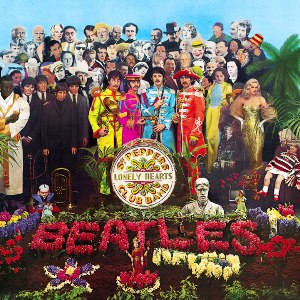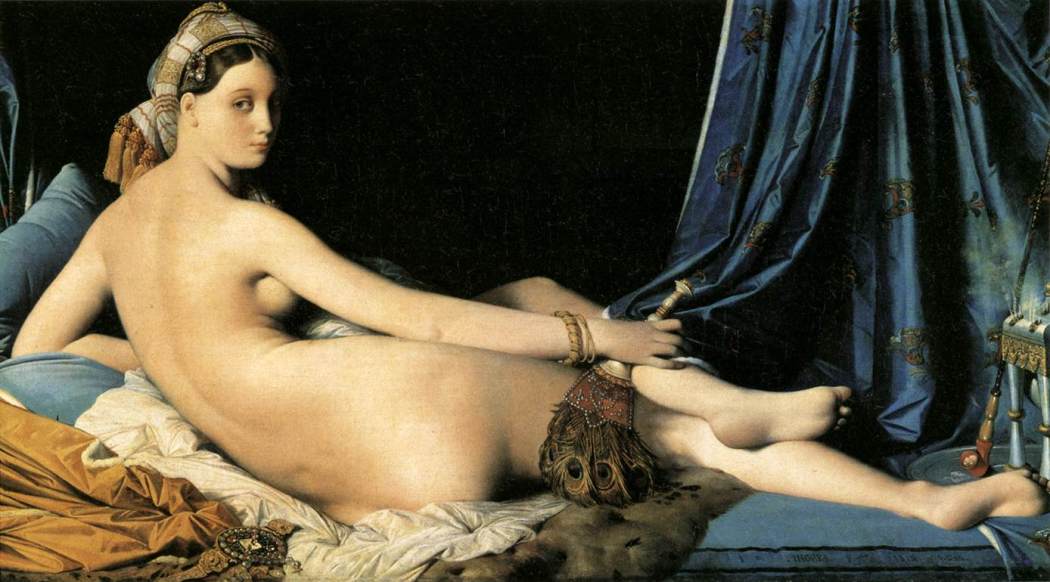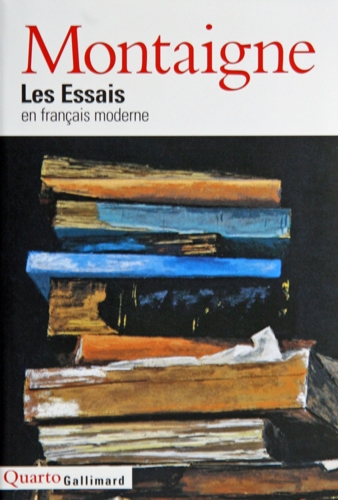Satan met his lover, at last!
Sunday, December 31, 2006 by Billy
 What was usually displayed in South Park could well be true now, don't you think? |
George Bush said yesterday that Saddam's execution was an important milestone on Iraq's course to becoming a democracy... It appears quite strange to a European, since there are few democratic countries that still enforce death penalty! (see previous blog entry) It has been outlawed in all European countries, usually for decades. Then no surprise again that official reactions in Europe were similar to the German one: There are no doubts whatsoever about Saddam's crimes. But we are opposed to the death penalty, no matter where it is used. EU Commissionner Louis Michel even said: You don't fight barbarism with acts that I deem as barbaric.
Fully agreed: murdering a murderer puts you down to his level. Also, I cannot help but being worried the trial undoubtedly failed to satisfy international fair standards. Quoting Amnesty International:
Therefore, this hasty killing will be seen by many as nothing else than victor's justice. Most probably, it will not help things to go better in Iraq, just the contrary.Saddam Hussein's trial [...] was a deeply flawed affair. Political interference undermined the independence and impartiality of the court, causing the first presiding judge to resign and blocking the appointment of another. The court did not take measures to protect witnesses and defence lawyers, three of whom were assassinated during the course of the trial. Saddam Hussein was denied access to legal counsel for the first year after his arrest. The appeal process was obviously conducted in haste and failed to rectify any of the flaws of the first trial.
 This is a magnet I bought yesterday afternoon, in the boutique of the
This is a magnet I bought yesterday afternoon, in the boutique of the 
 I am not a Protestant and I don't speak German, yet I went this morning to the
I am not a Protestant and I don't speak German, yet I went this morning to the 
 Sofia and Bucharest finally received the long awaited go-ahead from the European Commission to enter the European Union on 1 January 2007. The EU will now be made up of 27 democratic countries, institutionally
Sofia and Bucharest finally received the long awaited go-ahead from the European Commission to enter the European Union on 1 January 2007. The EU will now be made up of 27 democratic countries, institutionally 



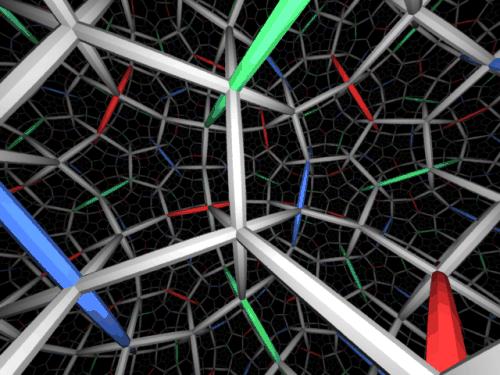


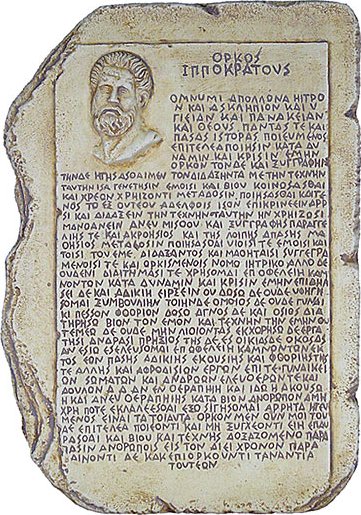

 So, 2006 football world cup is finished now. The final ended in a France 1 - 1 Italy draw and Italy won the championship after a penalty kick shootout. It was the last match of
So, 2006 football world cup is finished now. The final ended in a France 1 - 1 Italy draw and Italy won the championship after a penalty kick shootout. It was the last match of 